Celebrate
Recognise the contribution the Chinese people have made to the development of Mathematics by doing some of the following activities.
The activities can be enjoyed any time of the year but the dates of the Chinese New Year are given here for reference.
| 29 January 2025 | Snake |
| 17 February 2026 | Horse |
| 6 February 2027 | Goat |
| 26 January 2028 | Monkey |
| 13 February 2029 | Rooster |
| 3 February 2030 | Dog |
| 23 January 2031 | Pig |
| 11 February 2032 | Rat |
| 31 January 2033 | Ox |
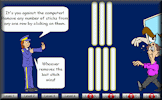
Nim
Nim is a mathematical game of strategy in which two players take turns removing objects from groups of objects.
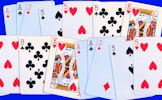
Playing Card Maths
Imagine you are on a desert island with nothing but a pack of playing cards. Do you have to stop learning mathematics?
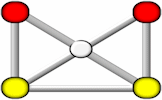
Pong Hau K'l
Take turns with the computer to move the stones to the empty space. You win if the computer is unable to make a move.
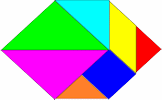
Tangram Template
An online challenge to use all the pieces of the tangram puzzle to fit into the outlines provided.
Famous Chinese Problem
🏮
If cockerals cost 5 qians each, hens cost 3 qians each, and 3 chickens cost 1 qian, and if 100 fowls are bought for 100 qians, how many cockerels, hens and chickens are there?
Population
🏮
Chinese New Year is celebrated by more than 20% of the world. Roughly how many people is that?
Chinese Remainder Theorem
🏮
It was first published in the 3rd to 5th centuries by the Chinese mathematician Sun Tzu. It will determine a number n that, when divided by some given divisors, leaves given remainders.
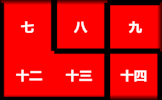
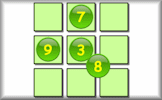
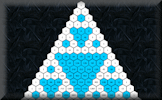





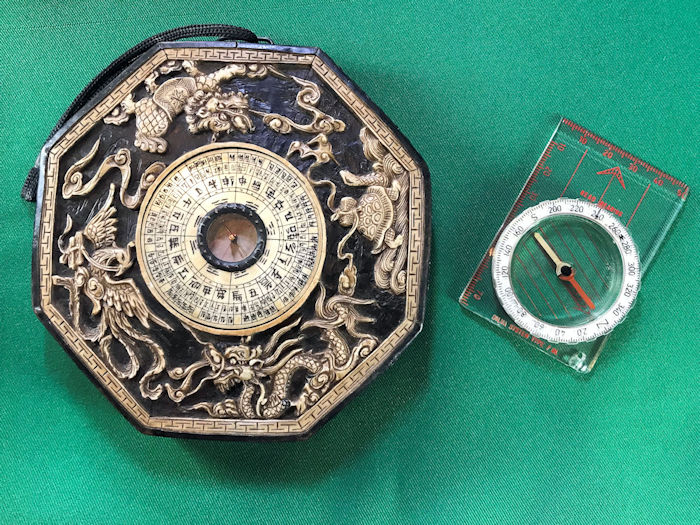


ChatGPT,
Wednesday, January 18, 2023
"The Chinese have contributed many important concepts and techniques to the field of mathematics, including the invention of the decimal numeral system, the use of negative numbers, the development of algebraic equations, the invention of the abacus, and the discovery of the Pythagorean theorem. They also made important contributions to the study of geometry and trigonometry, and developed methods for solving polynomial equations. Additionally, the Chinese developed early forms of mathematical logic and set theory, and made significant contributions to the study of combinatorics and number theory."